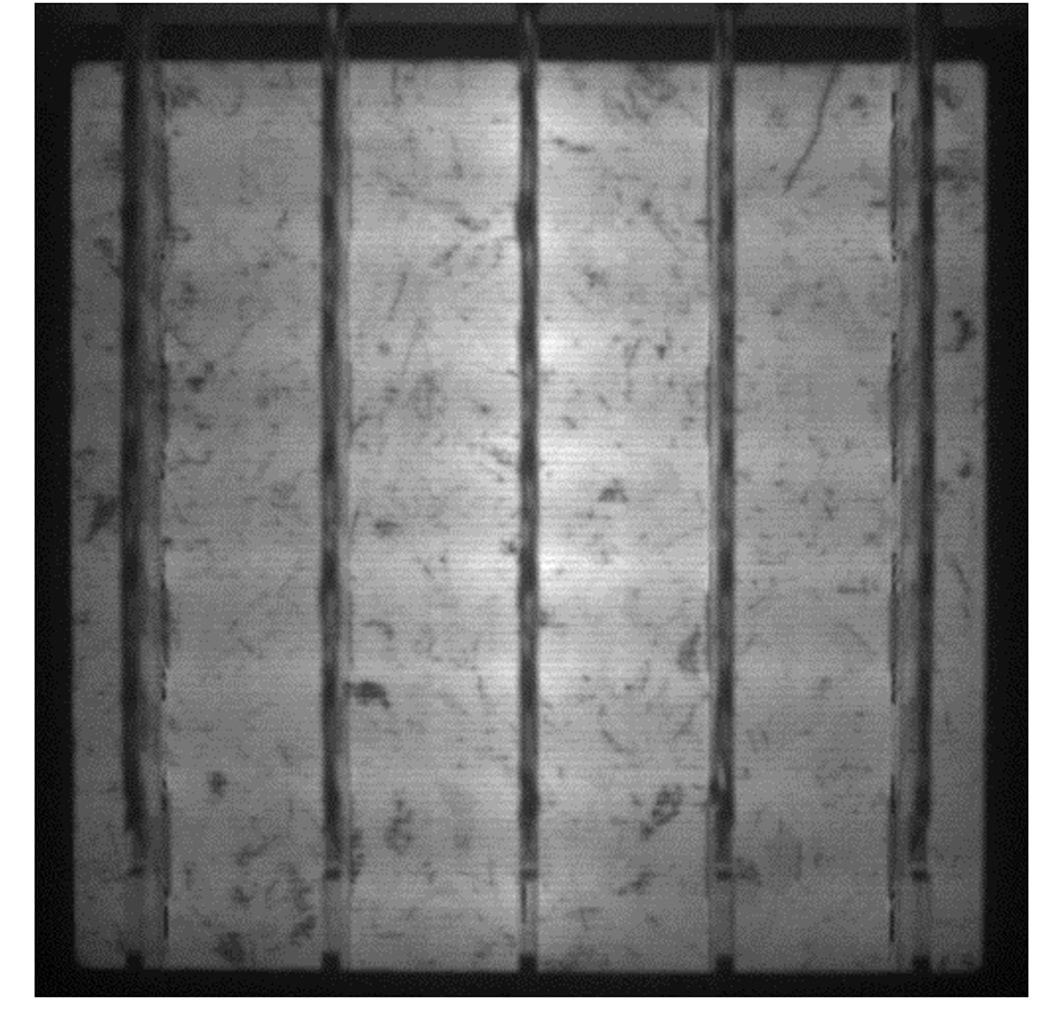Scientists in Spain claim to have demonstrated that solar cells fabricated with upgraded metallurgical grade silicon (UMG-Si), a type of solar grade silicon produced by a directional solidification process, show the same degradation rate as conventional solar grade polysilicon.
The research group includes Eduardo Forniés, the technology manager of Spanish PV manufacturer Aurinka Group, which is building a UMG silicon factory in Puertollano, central Spain. “The construction works are finishing but at very low speed,” he told pv magazine.
In 2019, the research group had achieved a 20.76% efficiency for a multicrystalline solar cell made of 100% UMG silicon. The result was achieved in a mass production test on a conventional production line. Two years later, the same group has provided further details on that test in the paper UMG silicon for solar PV: From defects detection to PV module degradation, published in Solar Energy, in which it came to the conclusion that this kind of silicon has not only proven to be appropriate for photovoltaic applications, but has also shown the same degradation rate as conventional polysilicon.
The cells' lifetime and degradation potential were assessed using two different kinds of wafers: a product developed with the standard UMG silicon of Ferroglobe unit, Ferrosolar; and a wafer produced with the same process but deliberately with more contaminated silicon material. “The purpose of manufacturing contaminated wafers, mainly with metals, is to give a range for solar cell performance depending on the concentration of metals and dopants in the silicon feedstock,” the paper notes. “This would be the starting point to obtain an empirical correlation between the solar cell efficiency and the contaminant concentration.”
Chemical analysis was used to study the concentration of dopants and metals. To assess the presence of contaminants and the bulk lifetime of both wafers, the group turned to injection-dependent lifetime spectroscopy (IDLS), which involves measuring lifetimes across a range of excess carrier concentrations. The materials were then sent to a production line to manufacture aluminum back surface field (Al-BSF) solar cells.
The analysis showed that solar modules built with cells based on the UMG silicon exhibit the same degradation rate as modules made of conventional polysilicon. “While the loss of efficiency due to the usage of UMG had been clearly determined and quantified in the previous studies mentioned above, the degradation had not been determined so far,” the scientists explained. The modules were tested for 24 months of sun exposure at a performance ratio of 25 Celsius degrees.
The process for producing UMG silicon is claimed to be three times lower in greenhouse gas emissions compared to the conventional polysilicon. “The particularity of this process is that it takes the advantage of using a by-product, silicon tetrachloride (STC), recycling it in the beginning of the process, to transform the metallurgical grade silicon into TCS,” the Spanish group stated, adding that the lower emissions are also due to Spain's energy mix with a high share of renewables.
The research group included scientists from the Solar Energy Institute (IES) at the Technical University of Madrid and Spain's metal products provider Ferroglobe.
This content is protected by copyright and may not be reused. If you want to cooperate with us and would like to reuse some of our content, please contact: editors@pv-magazine.com.




3 comments
By submitting this form you agree to pv magazine using your data for the purposes of publishing your comment.
Your personal data will only be disclosed or otherwise transmitted to third parties for the purposes of spam filtering or if this is necessary for technical maintenance of the website. Any other transfer to third parties will not take place unless this is justified on the basis of applicable data protection regulations or if pv magazine is legally obliged to do so.
You may revoke this consent at any time with effect for the future, in which case your personal data will be deleted immediately. Otherwise, your data will be deleted if pv magazine has processed your request or the purpose of data storage is fulfilled.
Further information on data privacy can be found in our Data Protection Policy.